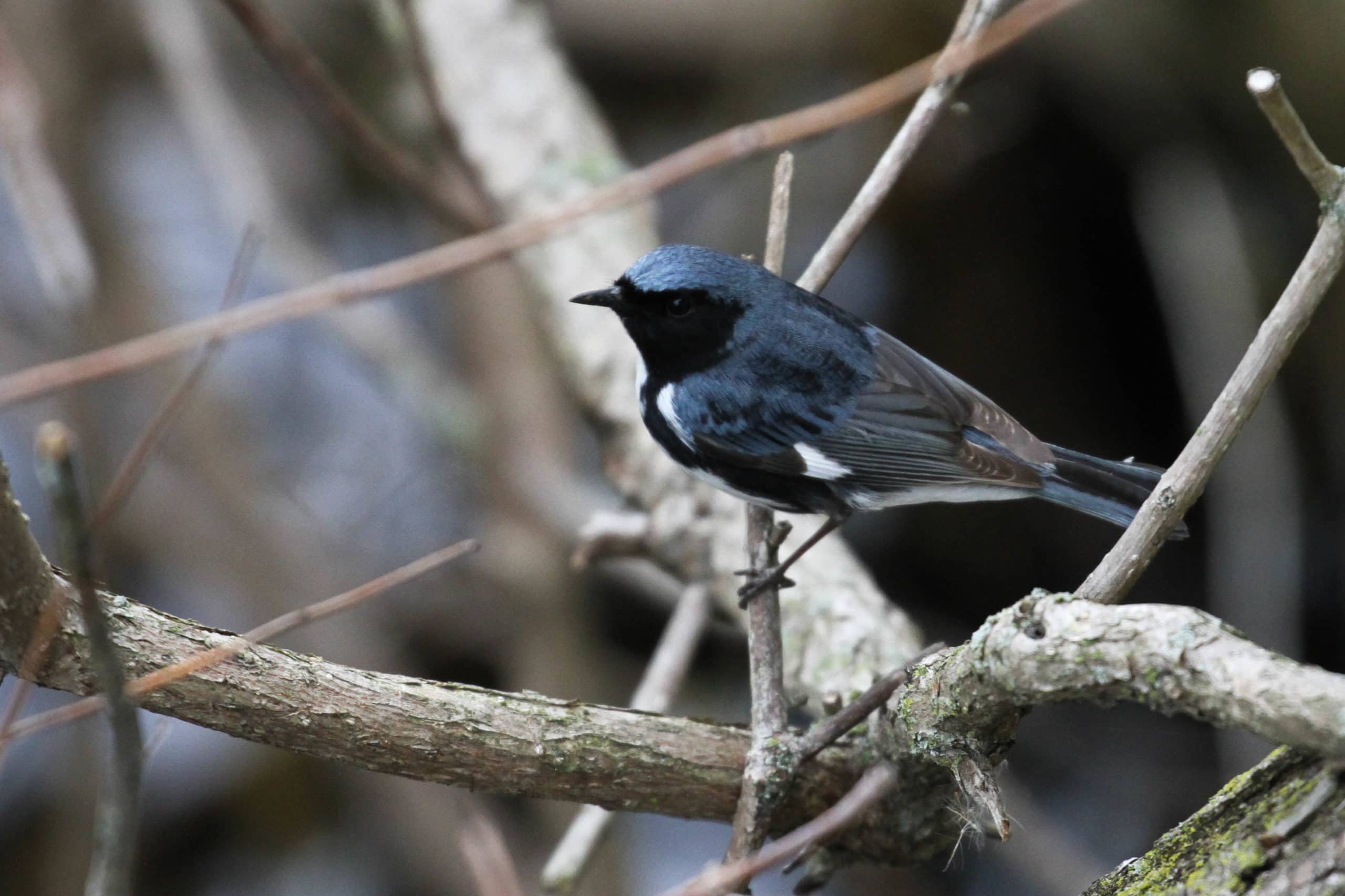
ID BREAKDOWN: Black-throated Blue Warbler plumage variation
May 14, 2020 | by Alex Lamoreaux

“Cairn’s Warbler” – the dark-mantled, southern subspecies of Black-throated Blue Warbler, photo by Alex Lamoreaux
Normally the entire Wildside crew and literally 1000’s of other birders would be gathered along the Lake Erie shoreline for the annual Biggest Week in American Birding festival right now… This year is a bit different though but I’ve been thinking a lot about spring migration in Ohio while I’m here at home editing photos from past year’s festivals. The other day I came across a handful of Black-throated Blue Warbler photos from the famous Magee Marsh boardwalk, and noticed that I had an opportunity to share something about this shy, masked warbler of the underbrush – by taking a closer look at plumage variation.
Black-throated Blue Warblers spend the winter months almost exclusively in the Carribbean Islands, hiding away in the mangrove and pine forests of Cuba, Jamaica, and Hispaniola. In early spring they begin their northward migration, first hopping over to Florida and then following the mountain ridges and waterways north to fill out a fairly large breeding range across southeastern Canada, the Great Lakes, New England and down through the Appalachian Mountains to the very northern edge of Georgia. This species prefers the higher elevations, and chooses to nest in rhododendron thickets and other dense understory habitat in undisturbed, mixed-coniferous forests. Throughout their fairly large, eastern-wide range each Black-throated Blue isn’t identical, however…
Across the north you will find the clean looking, dominate subspecies S. c. caerulescensis, but moving south through the Appalachians these warblers start to become darker-backed with thicker black flank stripes. The southern Appalachians are home to a second subspecies, sometimes referred to as Cairn’s Warblers, S. c. cairnsi. In adult male plumages the two subspecies are easy to tell apart, and something to keep an eye out for whenever you encounter one of this beautiful birds. Documenting the full extent of plumage variation and how it relates to their breeding ranges, and especially how that distribution correlates to wintering sites is very important for conservation efforts of this species and other wood-warblers. Here’s a breakdown for telling the two types apart, starting with the classic, northern S. c. caerulescensis.
S. c. caerulescensis

The northern subspecies of Black-throated Blue Warbler has a clean blue mantle, without streaking in the lesser coverts or on its back. The flanks are cleaner, with a narrow black wash and in this example the flanks are actually a blue-black wash. (Photo by Alex Lamoreaux)
S. c. cairnsi aka ‘Cairn’s Warbler’

“Cairn’s Warbler” – the dark-mantled, southern subspecies of Black-throated Blue Warbler with heavy black markings in its lesser coverts and throughout the center of its back. The flanks are broadly washed in black. (Photo by Alex Lamoreaux)

“Cairn’s Warbler” – the dark-mantled, southern subspecies of Black-throated Blue Warbler with heavy black markings in its lesser coverts and throughout the center of its back. The flanks are broadly washed in black. (Photo by Alex Lamoreaux)

“Cairn’s Warbler” – the dark-mantled, southern subspecies of Black-throated Blue Warbler with heavy black markings in its lesser coverts and throughout the center of its back. The flanks are broadly washed in black. (Photo by Alex Lamoreaux)
Leave a comment to let us know if you’ve noticed this variation in the field – or if you can find any “Cairn’s Warblers” hidden in your photo files! Taking identification beyond ‘just the species’ can open up doors toward discovering new and exciting things about our common birds!
Join us on a spring migration tour in the Dry Tortugas, West Virginia, or Ohio/Michigan for a chance to see this warbler and test your ID skills!
1 Comments
Leave a Comment
You must be logged in to post a comment.

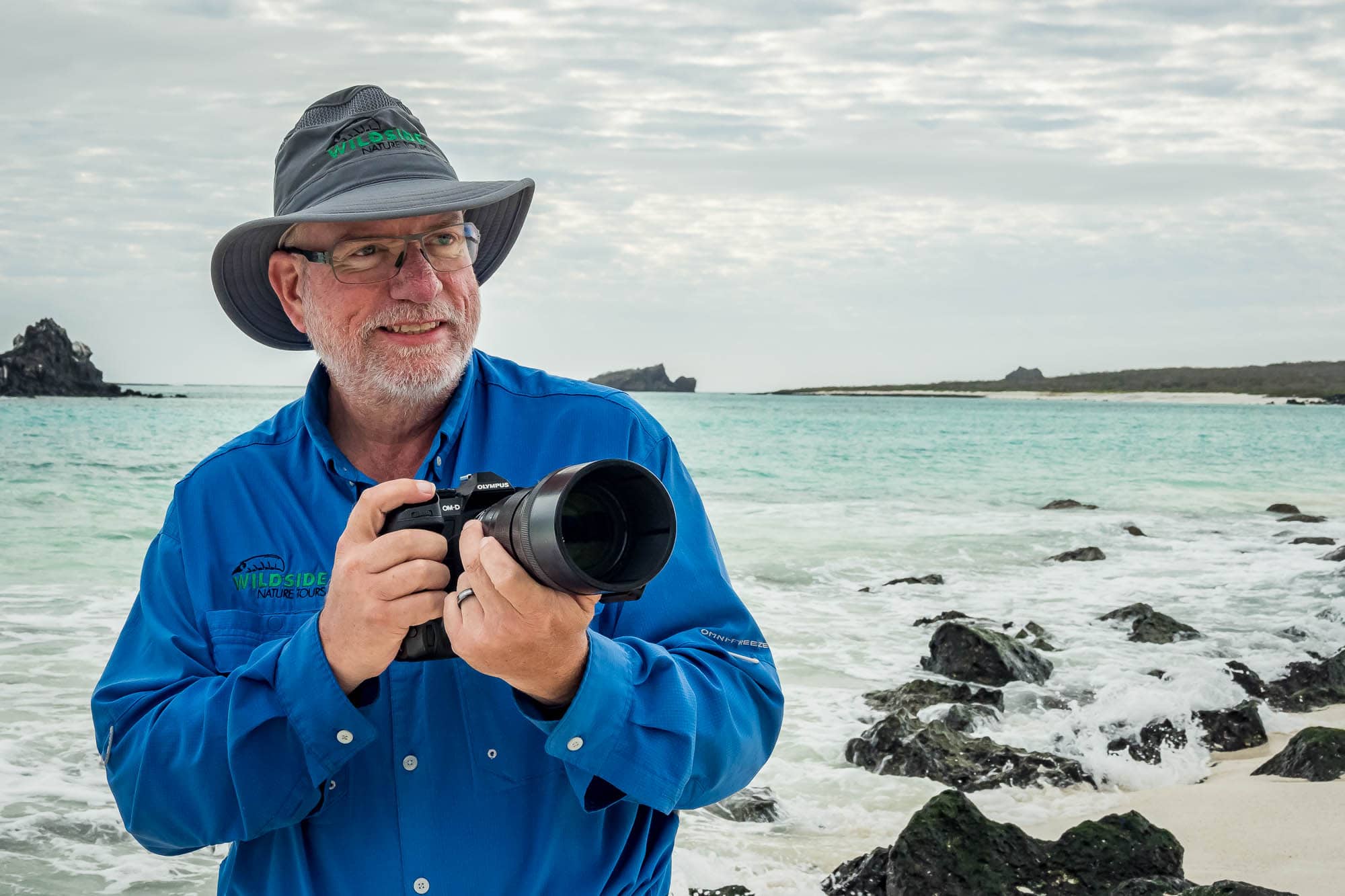

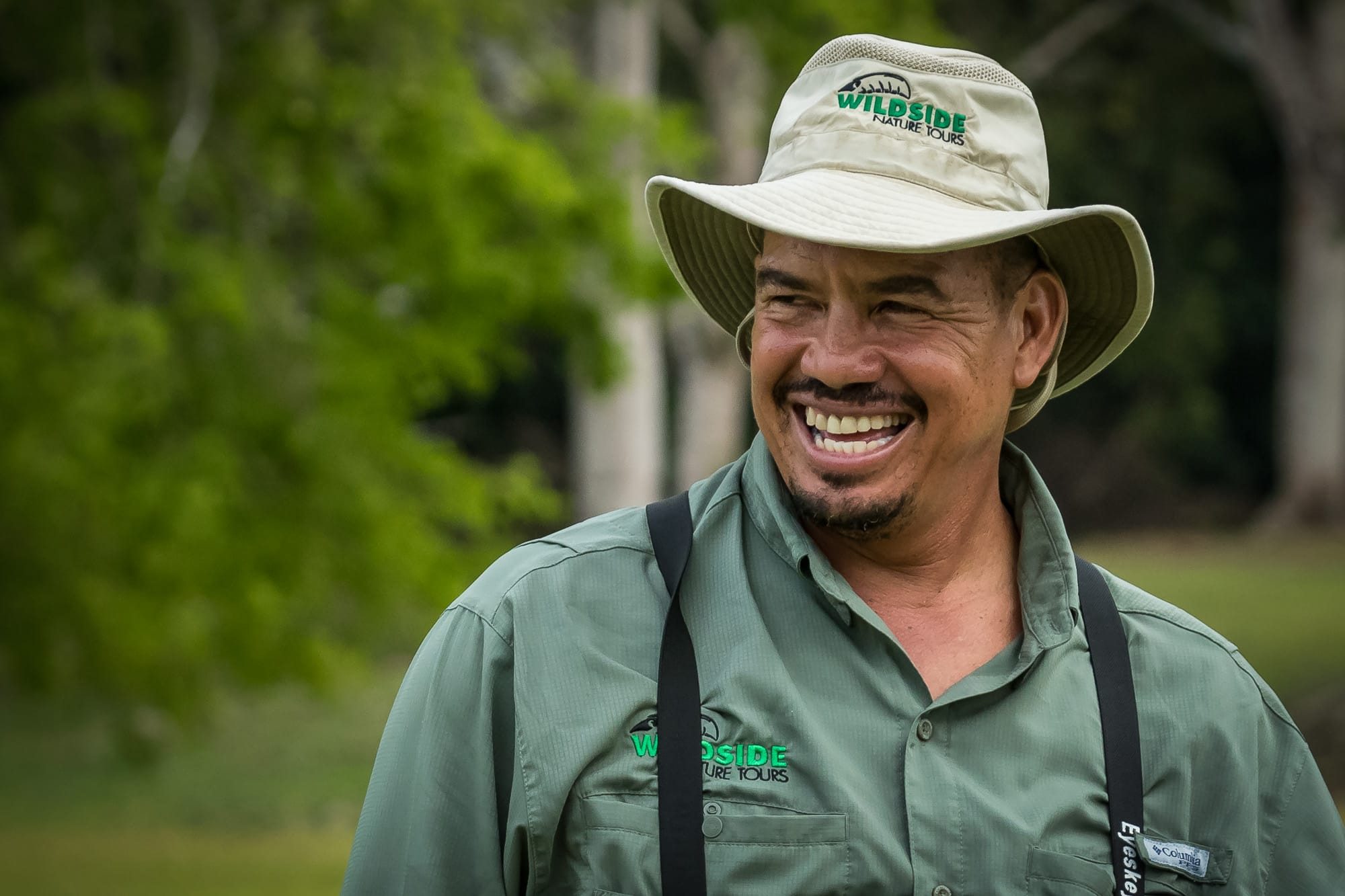
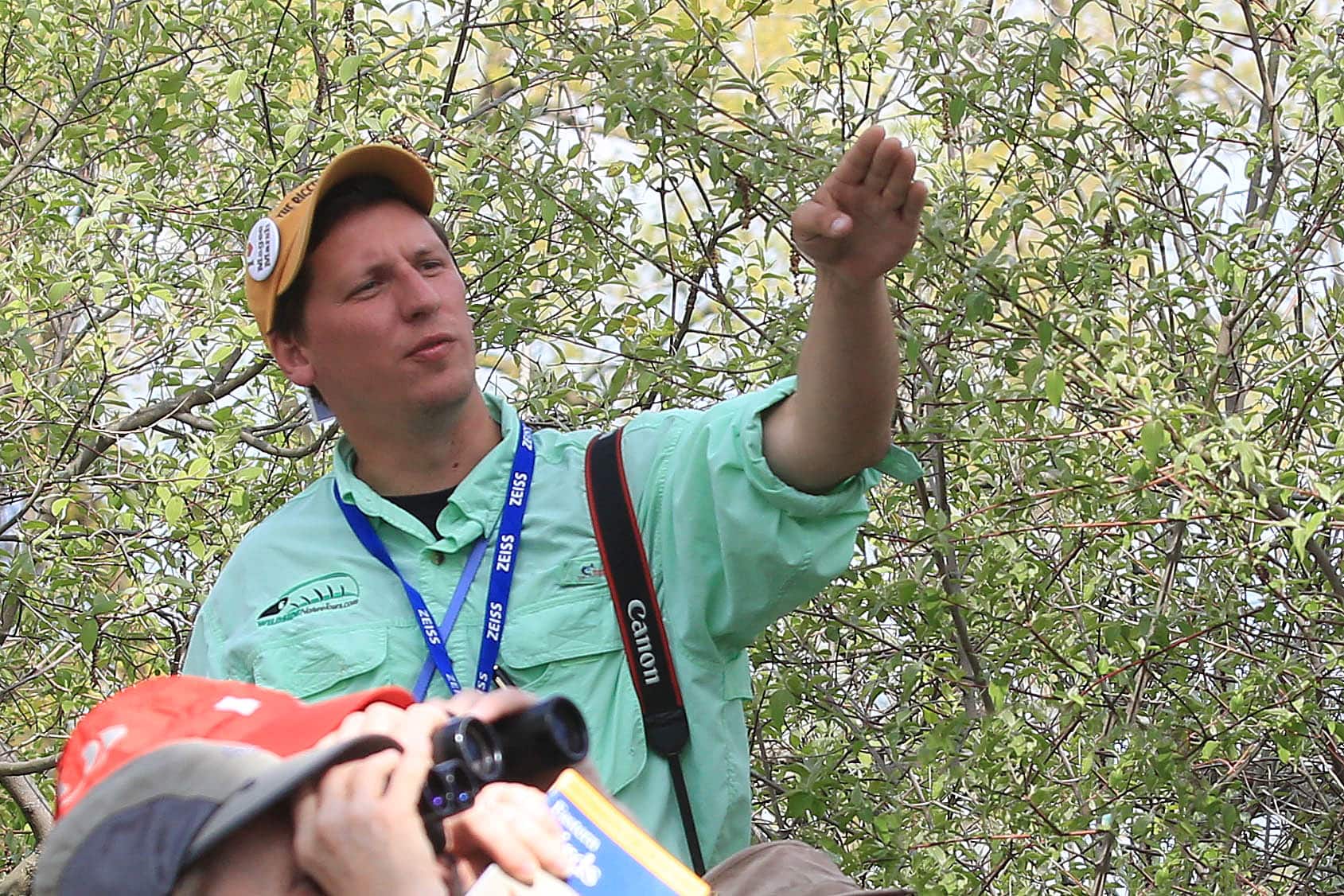
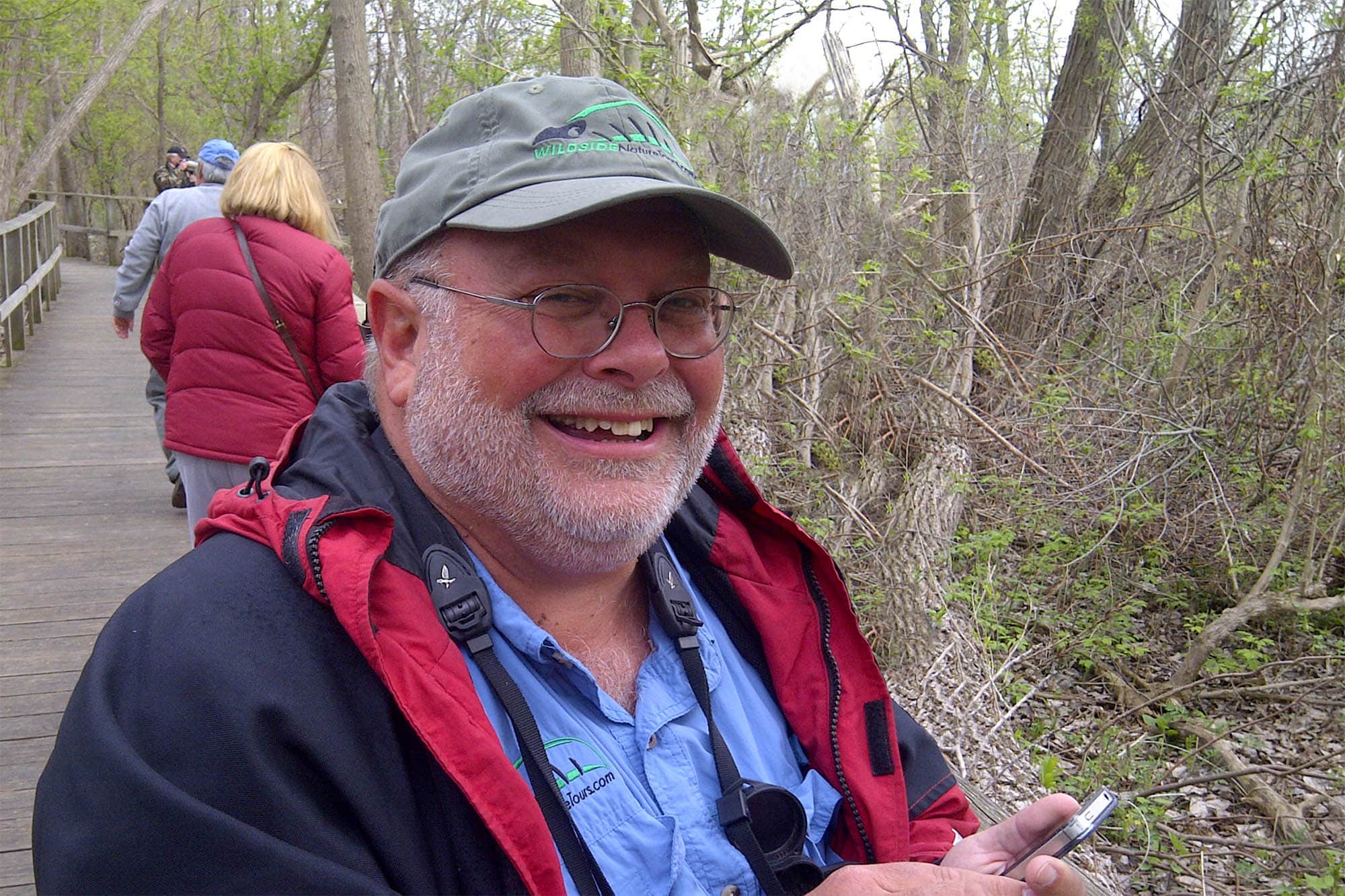



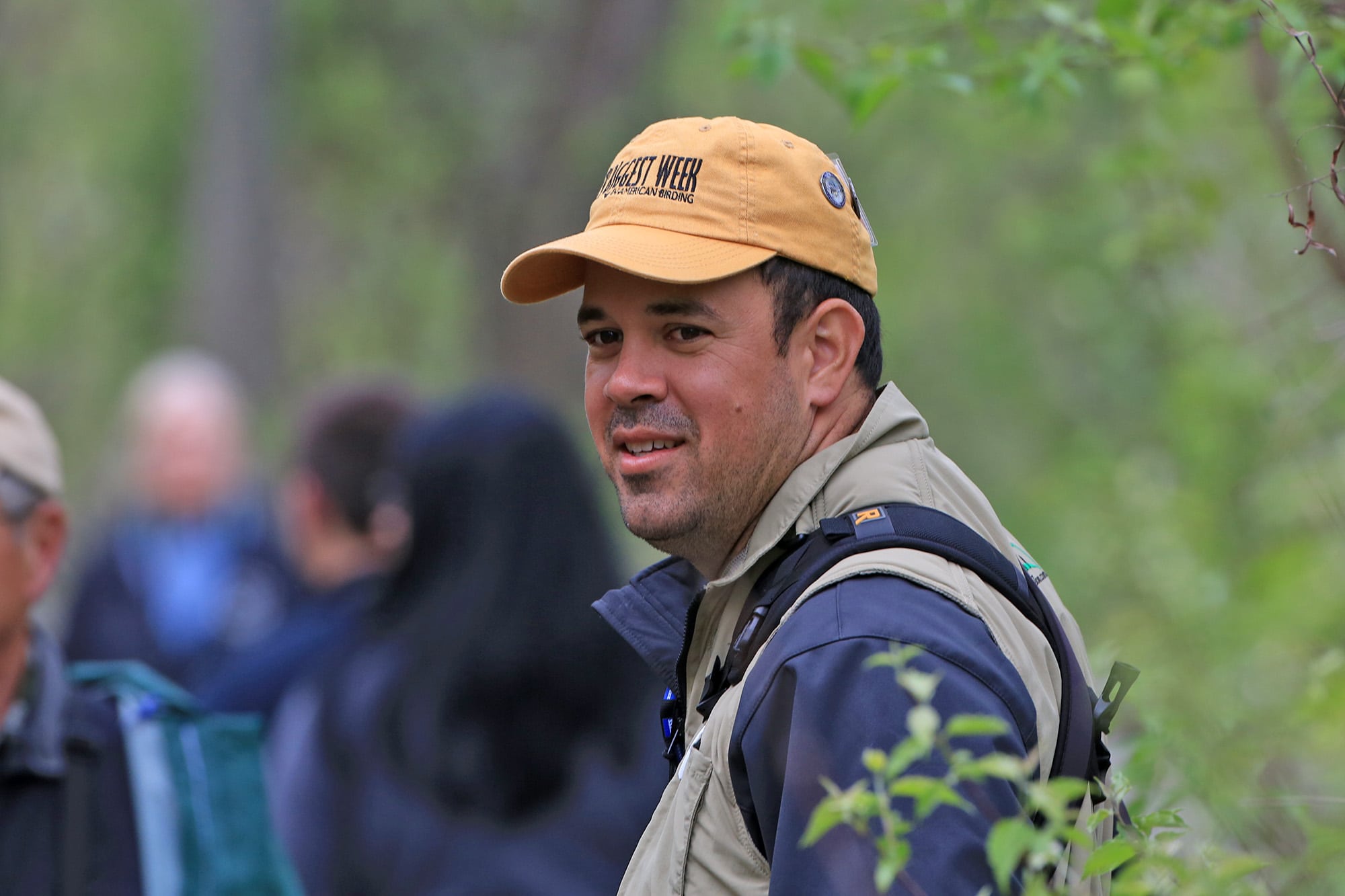
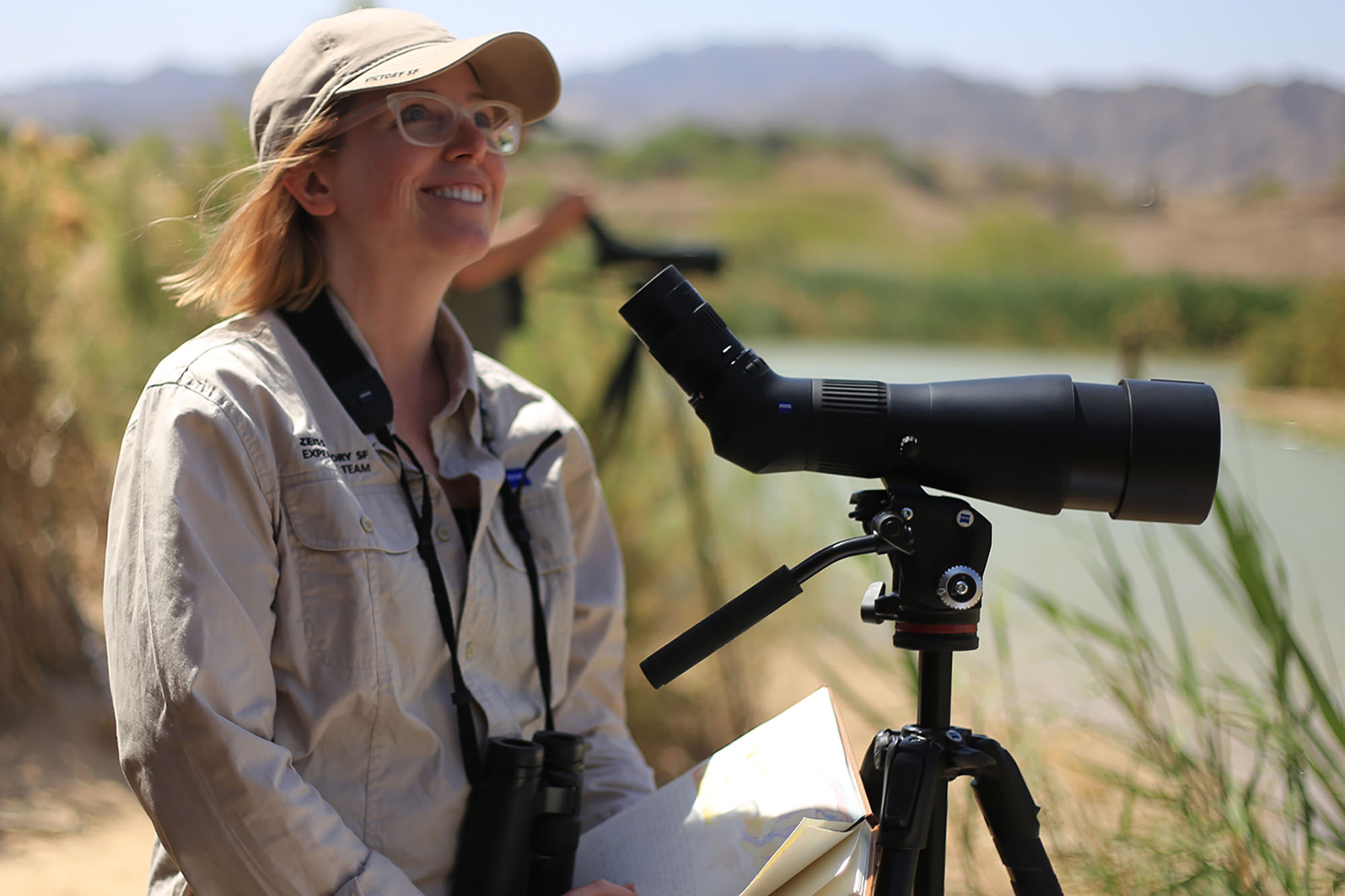



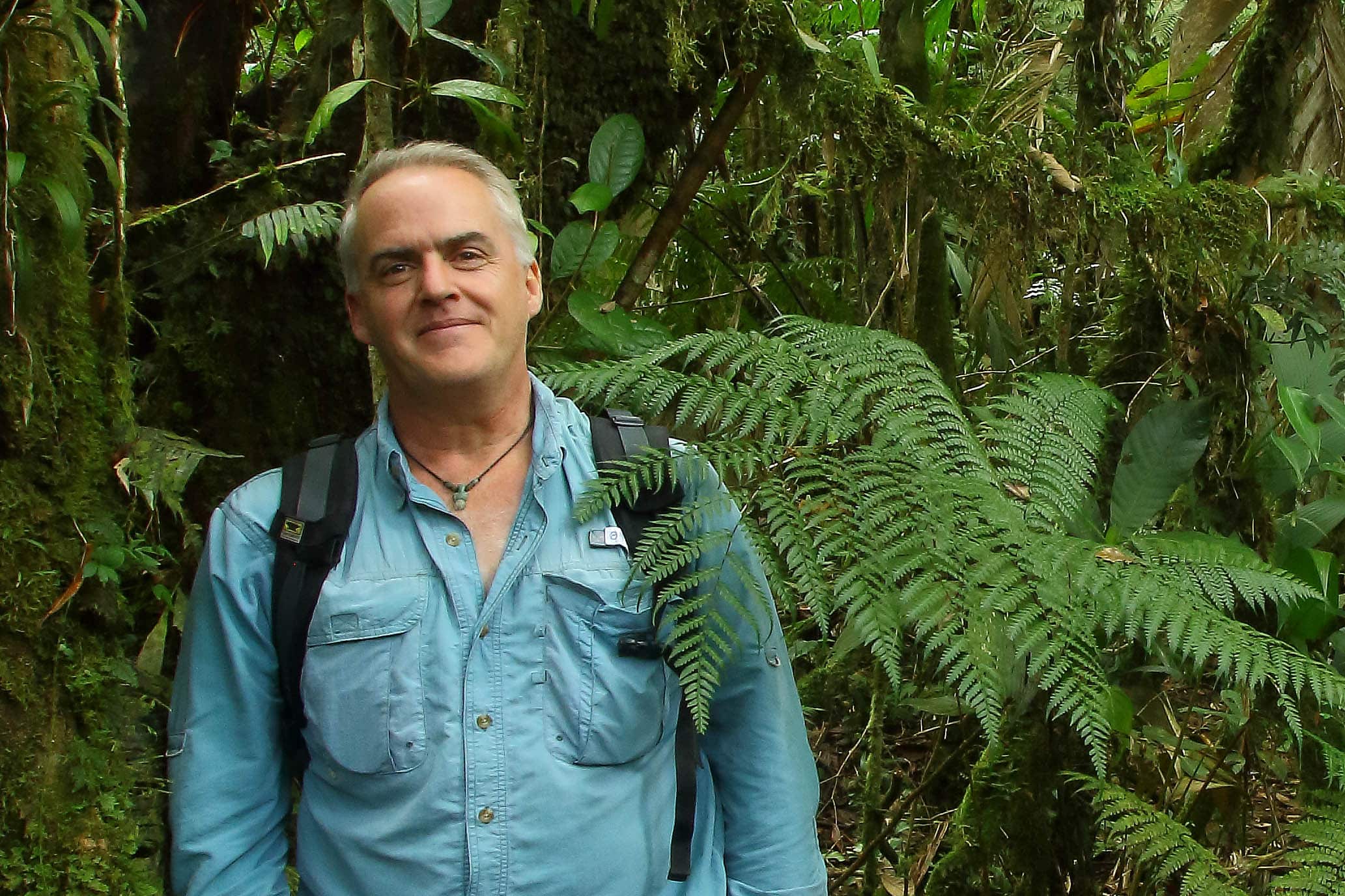



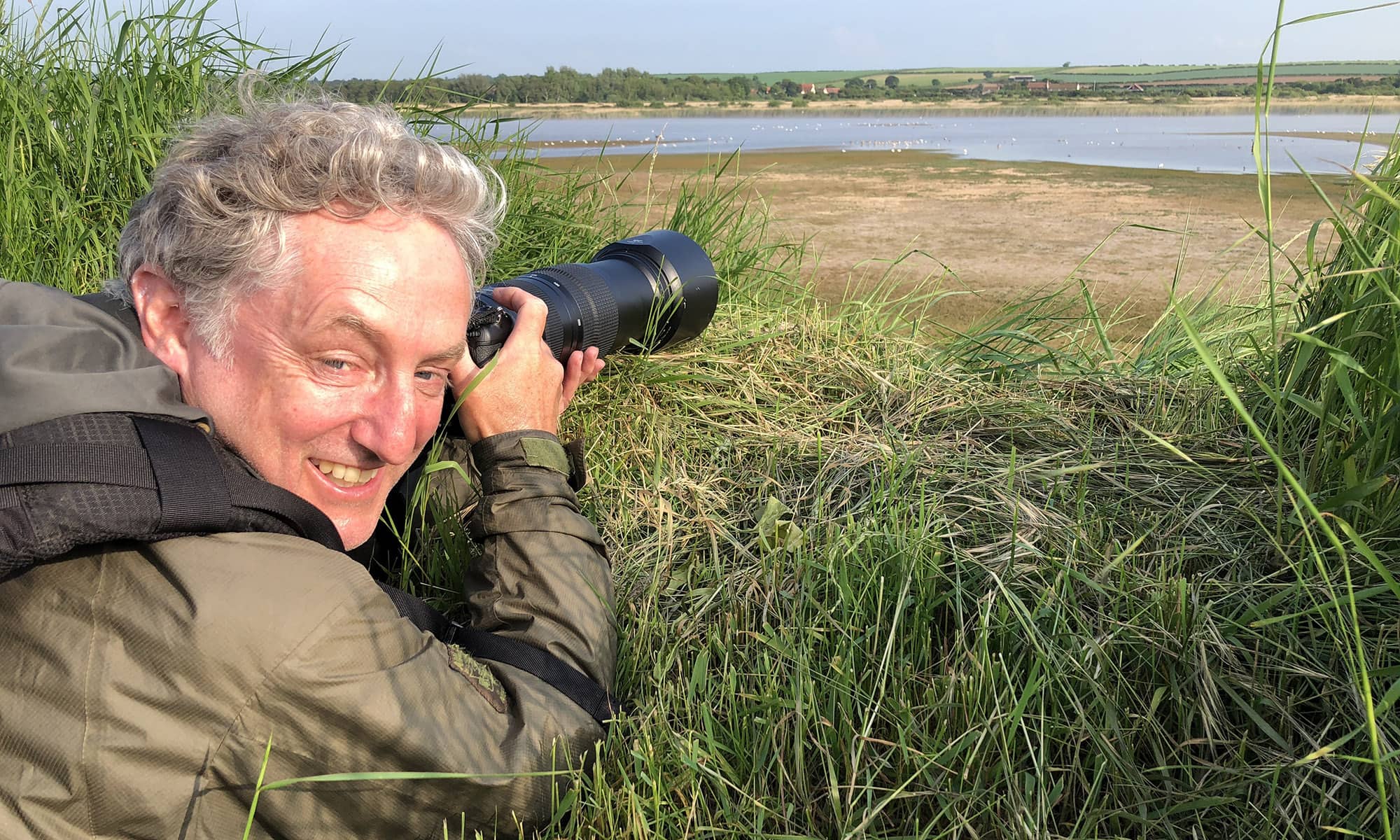

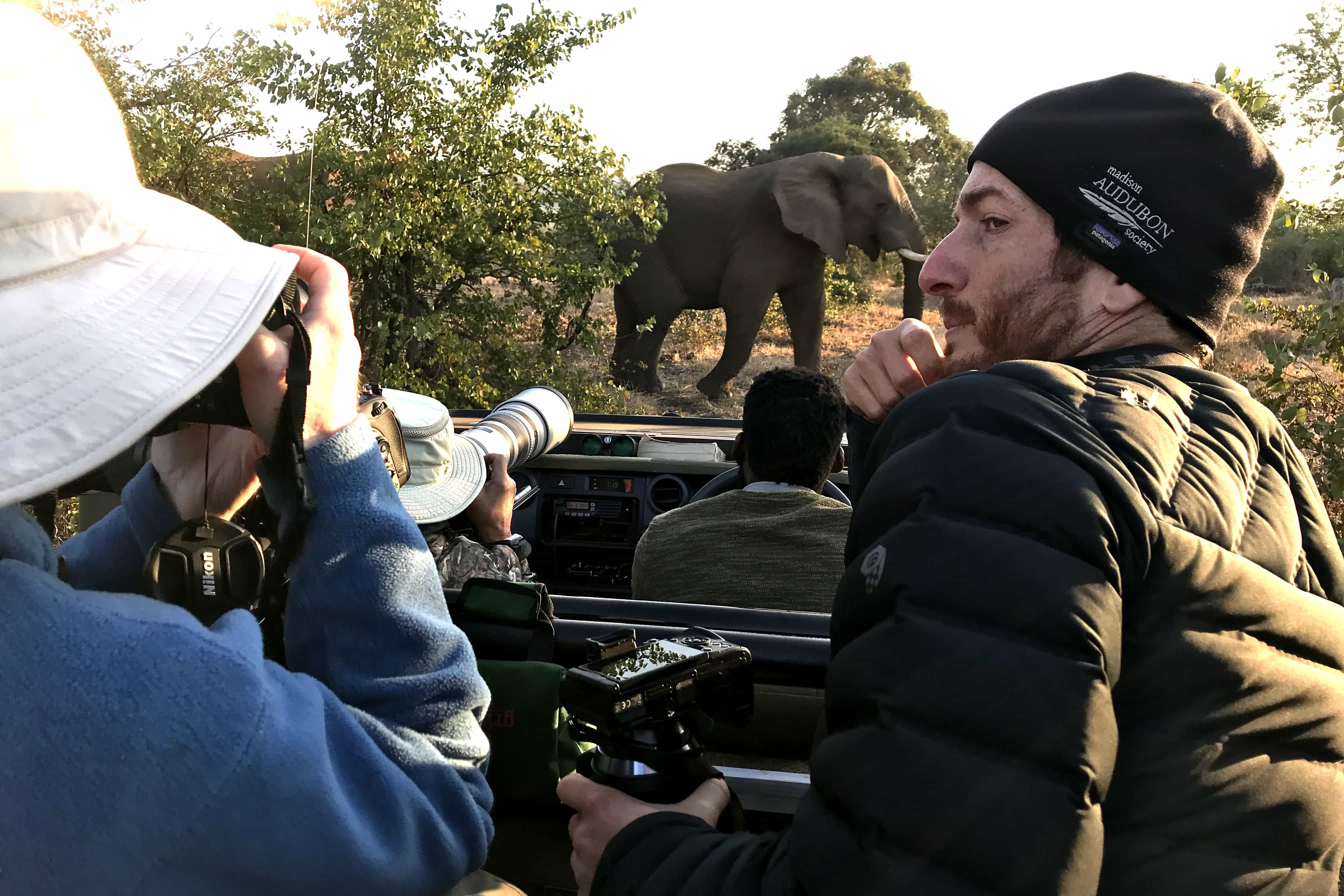
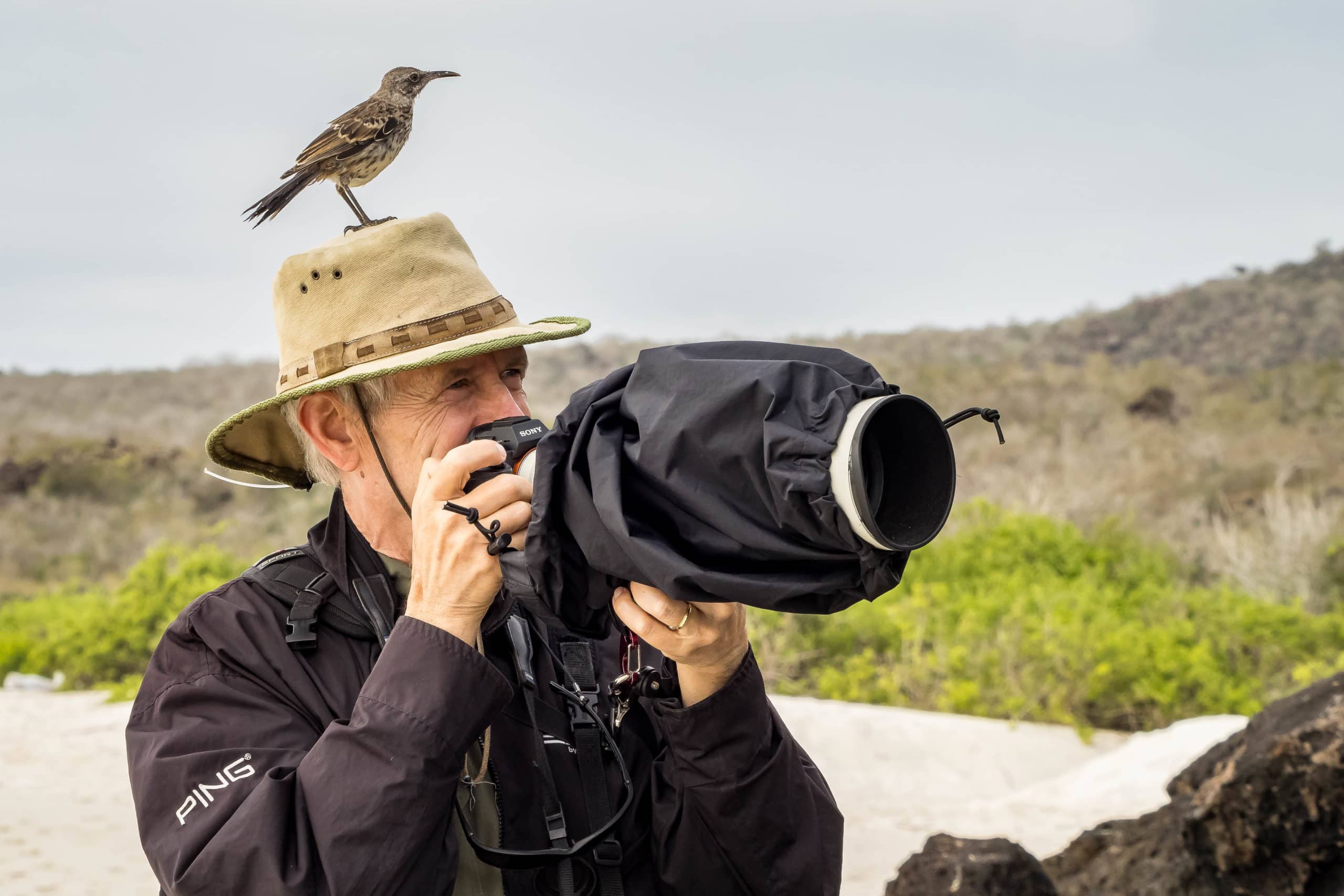

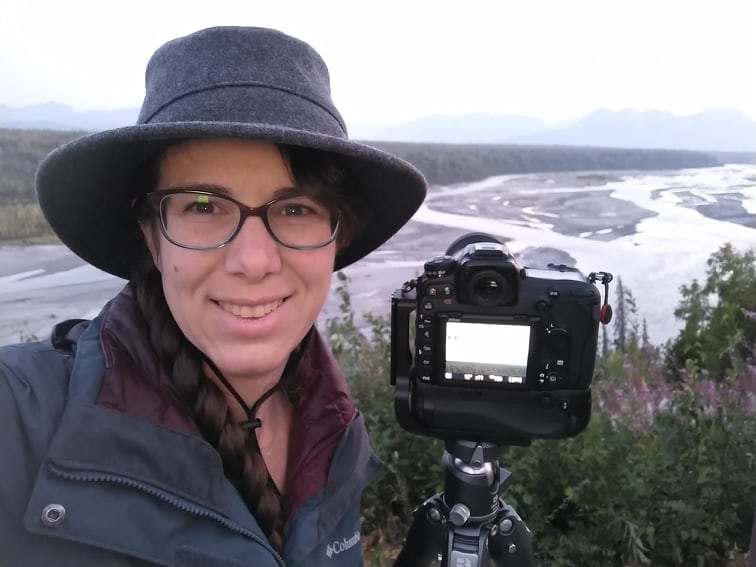
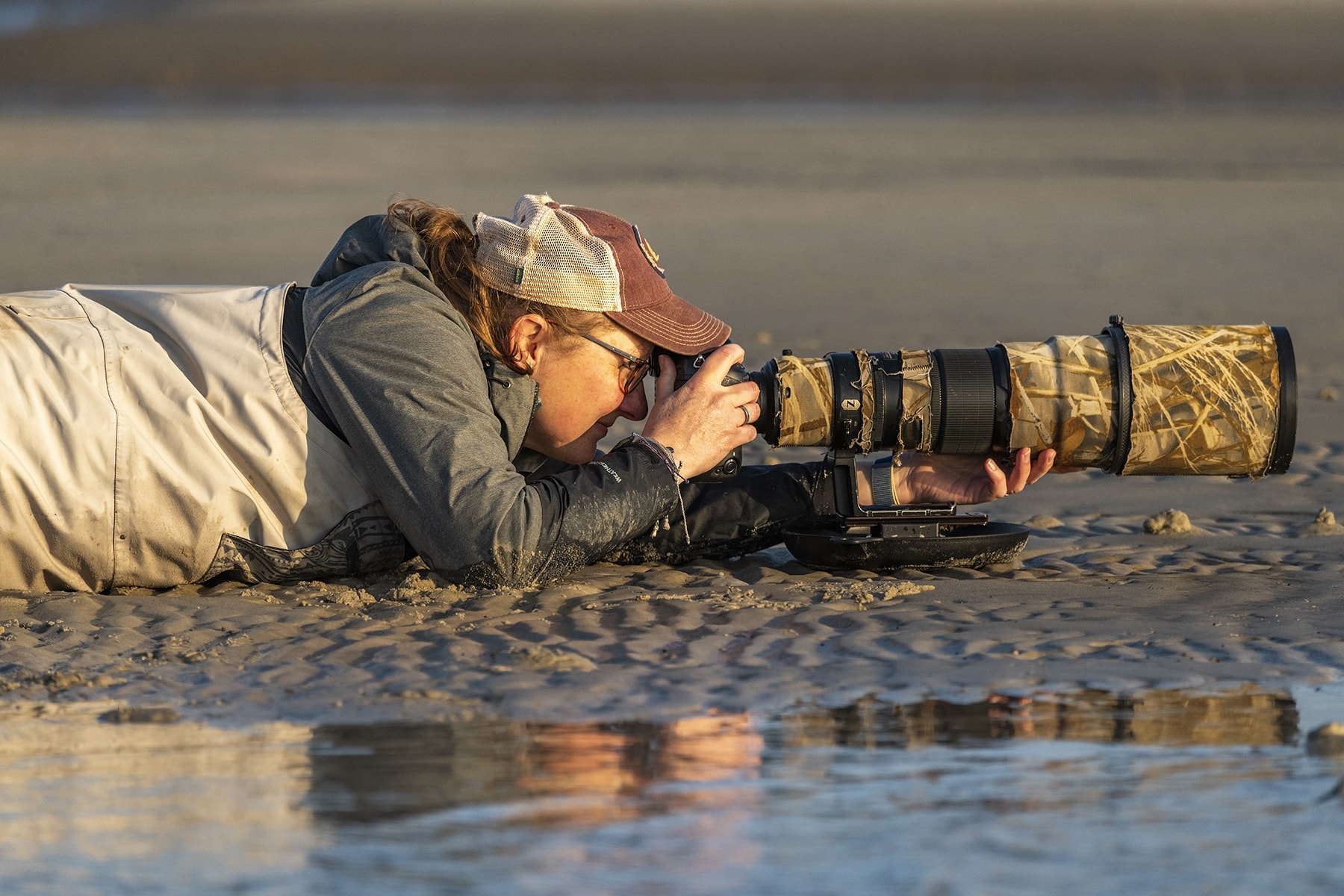


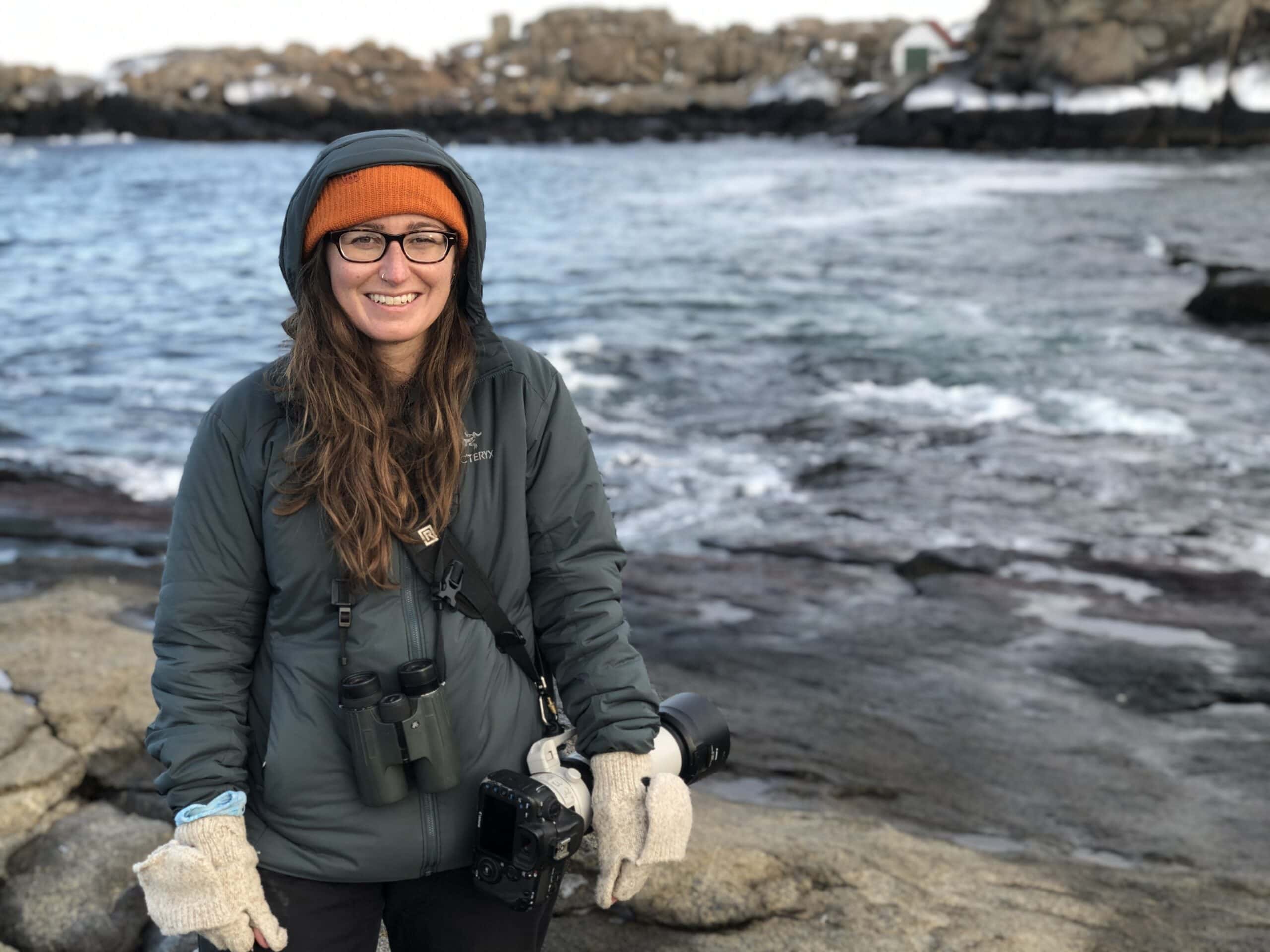


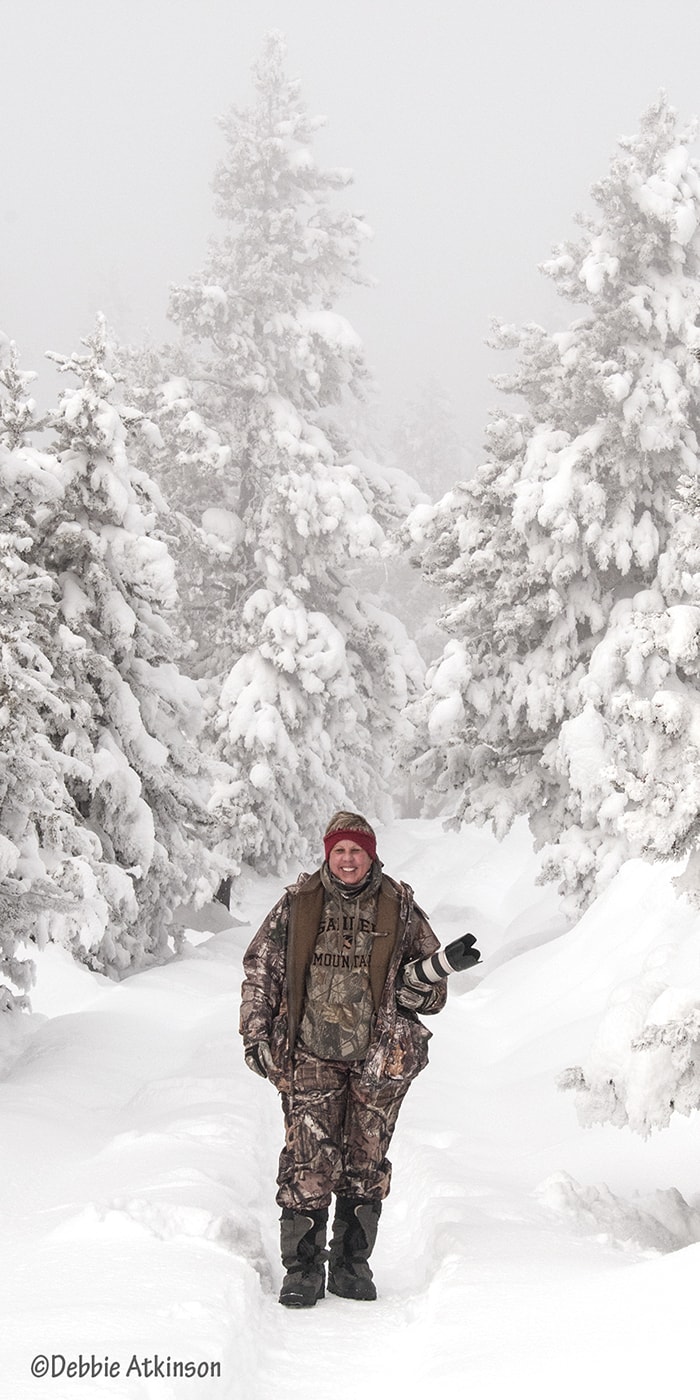


Really great photos showing ‘Cairn’s’. I am always looking for them I have seen a couple in Florida, Dry Tortugas over the years